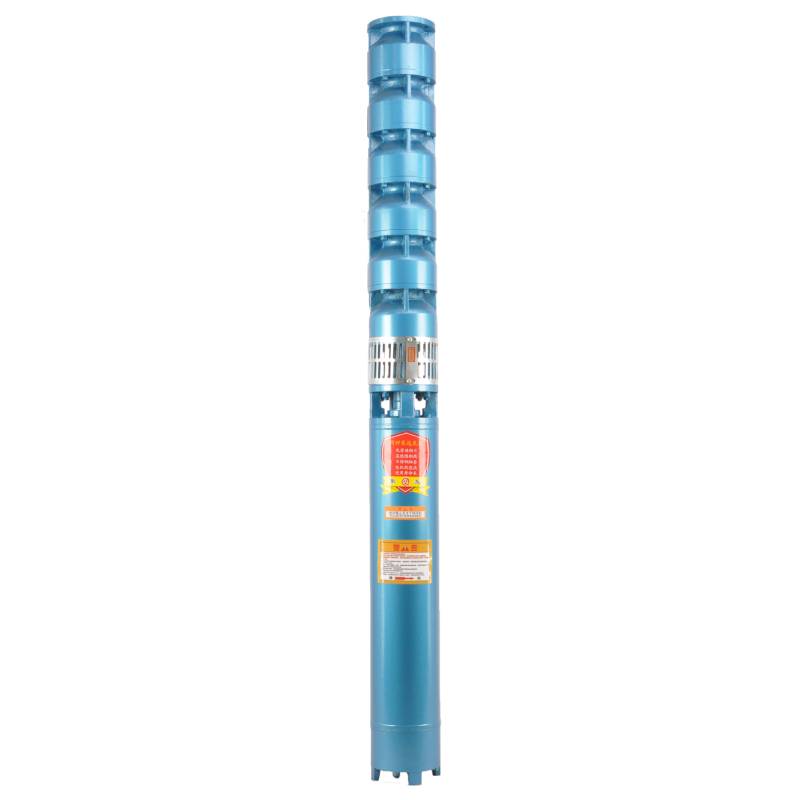Oct . 18, 2024 03:02 Back to list
How Long Can Submersible Pumps Operate Continuously Without Downtime
How Long Can a Submersible Pump Run Continuously?
Submersible pumps are valuable tools in various applications, including drainage, sewage pumping, and groundwater extraction. These pumps are designed to be submerged in the fluid they are pumping, which reduces the need for suction and allows them to efficiently move water from one location to another. However, one common question that arises among users and operators is How long can a submersible pump run continuously?
Understanding Submersible Pumps
Before delving into the operational limits of submersible pumps, it is essential to understand their construction and functioning. Submersible pumps are sealed devices that contain the motor and pump components within a single unit, preventing water from entering critical mechanical parts. This design not only maximizes efficiency but also increases the pump's lifespan when maintained properly.
Factors Influencing Continuous Operation
1. Pump Design and Manufacturer Specifications The design of the submersible pump, including the materials used and the engineering quality, can significantly affect how long it can operate continuously. Most manufacturers specify the operational limits of their pumps, often ranging from several hours to continuous operation depending on the model.
2. Cooling Mechanism Submersible pumps are often cooled by the fluid they are immersed in. If the pump is running in warmer water or under heavy load, it may overheat and require downtime to cool. Therefore, the temperature and flow rate of the liquid being pumped can impact continuous operation duration.
3. Fluid Characteristics The type of fluid being pumped (e.g., water, sewage, or slurry) can also determine how long a pump can run continuously. For example, pumping abrasive or viscous fluids may cause wear and tear on the pump components, necessitating periodic evaluation and downtime for repairs or maintenance.
4. Maintenance Regular maintenance plays a critical role in ensuring the longevity and optimal performance of submersible pumps. Neglecting maintenance can lead to a decrease in efficiency and an increase in operational risks, which may require the pump to be taken offline for repairs.
how long can a submersible pump run continuously

5. Power Supply and Electrical Components Continuous operation also depends on the reliability of the power supply. Electrical issues or fluctuations can lead to pump failure or unintended shutdowns. Ensuring a stable power supply is crucial for uninterrupted operation.
Recommendations for Continuous Operation
To maximize the operational duration of a submersible pump, consider the following recommendations
- Follow Manufacturer Guidelines Always adhere to the operational limits set by the manufacturer. If they specify that a pump can only run for a certain number of hours, it is crucial to respect these guidelines to avoid damage.
- Monitor Performance Regularly check the pump's performance, including flow rate, pressure, and temperature, to ensure it is functioning within acceptable parameters. Any abnormalities may indicate that the pump needs maintenance or repair.
- Schedule Downtime For long-term projects requiring continuous operation, schedule regular downtime for the pump to cool and undergo maintenance. This not only extends the life of the pump but also ensures consistent performance.
- Invest in Quality Equipment Opt for high-quality submersible pumps designed for continuous use in your specific application. Cheaper, low-quality pumps may struggle under prolonged operation and could fail prematurely.
Conclusion
Submersible pumps can run continuously, but the duration is influenced by various factors, including design, cooling mechanisms, fluid characteristics, maintenance practices, and power supply stability. By understanding these factors and following best practices for operation and maintenance, users can ensure their pumps perform effectively and last longer. Ultimately, the key to successful submersible pump operation lies in balancing efficiency, maintenance, and adherence to manufacturer specifications.
-
Submersible Water Pump: The Efficient 'Power Pioneer' of the Underwater World
NewsJul.01,2025
-
Submersible Pond Pump: The Hidden Guardian of Water Landscape Ecology
NewsJul.01,2025
-
Stainless Well Pump: A Reliable and Durable Pumping Main Force
NewsJul.01,2025
-
Stainless Steel Submersible Pump: An Efficient and Versatile Tool for Underwater Operations
NewsJul.01,2025
-
Deep Well Submersible Pump: An Efficient 'Sucker' of Groundwater Sources
NewsJul.01,2025
-
Deep Water Well Pump: An Efficient 'Sucker' of Groundwater Sources
NewsJul.01,2025
-
 Submersible Water Pump: The Efficient 'Power Pioneer' of the Underwater WorldIn the field of hydraulic equipment, the Submersible Water Pump has become the core equipment for underwater operations and water resource transportation due to its unique design and excellent performance.Detail
Submersible Water Pump: The Efficient 'Power Pioneer' of the Underwater WorldIn the field of hydraulic equipment, the Submersible Water Pump has become the core equipment for underwater operations and water resource transportation due to its unique design and excellent performance.Detail -
 Submersible Pond Pump: The Hidden Guardian of Water Landscape EcologyIn courtyard landscapes, ecological ponds, and even small-scale water conservancy projects, there is a silent yet indispensable equipment - the Submersible Pond Pump.Detail
Submersible Pond Pump: The Hidden Guardian of Water Landscape EcologyIn courtyard landscapes, ecological ponds, and even small-scale water conservancy projects, there is a silent yet indispensable equipment - the Submersible Pond Pump.Detail -
 Stainless Well Pump: A Reliable and Durable Pumping Main ForceIn the field of water resource transportation, Stainless Well Pump has become the core equipment for various pumping scenarios with its excellent performance and reliable quality.Detail
Stainless Well Pump: A Reliable and Durable Pumping Main ForceIn the field of water resource transportation, Stainless Well Pump has become the core equipment for various pumping scenarios with its excellent performance and reliable quality.Detail
